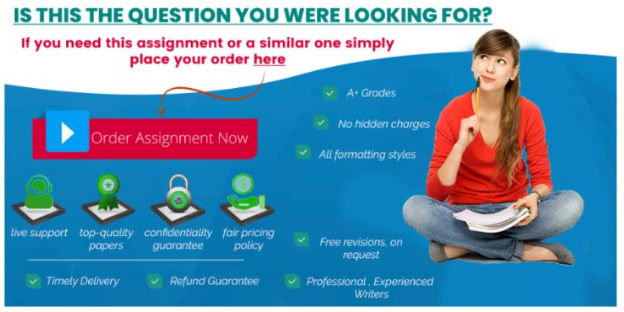Assessments and Training
-
What other methods can be used to assess student competencies in decision making leadership oral communication planning and organizing written communication and self-objectivity?,
-
Do you prefer to receive training in face-to-face format as e-learning or as mobile learning or in some other format? Why?,
-
Contrast an unstructured interview with a situational or behavioral interview.,
-
What interview type are you most comfortable with and why?,
-
What interview type are you least comfortable with and why?,
-
How can you increase your comfort level with that type of interview?
Comprehensive Response
Beyond work simulations, several methods can effectively assess student competencies in decision making, leadership, communication, organization, and self-awareness. One effective approach is 360-degree feedback, where students receive evaluations from peers, instructors, and even simulated team members. This method fosters reflection and provides a holistic view of competencies. Case studies and problem-based learning can also assess analytical and decision-making skills, while group projects allow evaluation of leadership, collaboration, and planning abilities. Presentations and written assignments demonstrate oral and written communication skills, respectively, and self-assessment portfolios help students reflect on their growth and identify strengths and weaknesses. Together, these methods combine both performance-based and reflective assessments to measure key managerial competencies comprehensively (Dessler, 2023).
When it comes to training modalities, I prefer face-to-face training because it encourages interaction, immediate feedback, and hands-on learning. In-person sessions also allow for relationship-building and mentorship, which enhance motivation and knowledge retention. However, e-learning and mobile learning have distinct advantages, such as flexibility, accessibility, and self-paced study. For example, mobile learning is particularly useful for quick refreshers or on-the-job learning. Ultimately, the best training format often depends on the subject matter—complex interpersonal skills may benefit from in-person learning, while technical or procedural content can be effectively delivered online (Noe et al., 2020).
An unstructured interview is a free-flowing conversation where questions vary depending on the interviewer’s discretion, allowing for natural dialogue but often lacking consistency. In contrast, situational and behavioral interviews are structured and designed to predict future performance based on past or hypothetical scenarios. In situational interviews, candidates describe how they would handle specific challenges, whereas behavioral interviews focus on how they handled such challenges in the past. For example, a behavioral question might ask, “Tell me about a time you resolved a team conflict.” Structured interviews tend to yield fairer and more reliable evaluations due to their standardized nature (Dessler, 2023).
I am most comfortable with behavioral interviews because they allow me to use concrete examples from my experiences to demonstrate my skills and problem-solving abilities. This structure helps me prepare in advance and showcase my competencies clearly. Conversely, I am least comfortable with unstructured interviews, as their unpredictability and informal nature can make it difficult to gauge what the interviewer is looking for. To increase my comfort level with unstructured interviews, I can practice adaptability, improve my ability to think on my feet, and focus on maintaining calm, confident communication regardless of question style. Participating in mock interviews and receiving feedback would further build confidence and readiness for any interview type (Noe et al., 2020).









